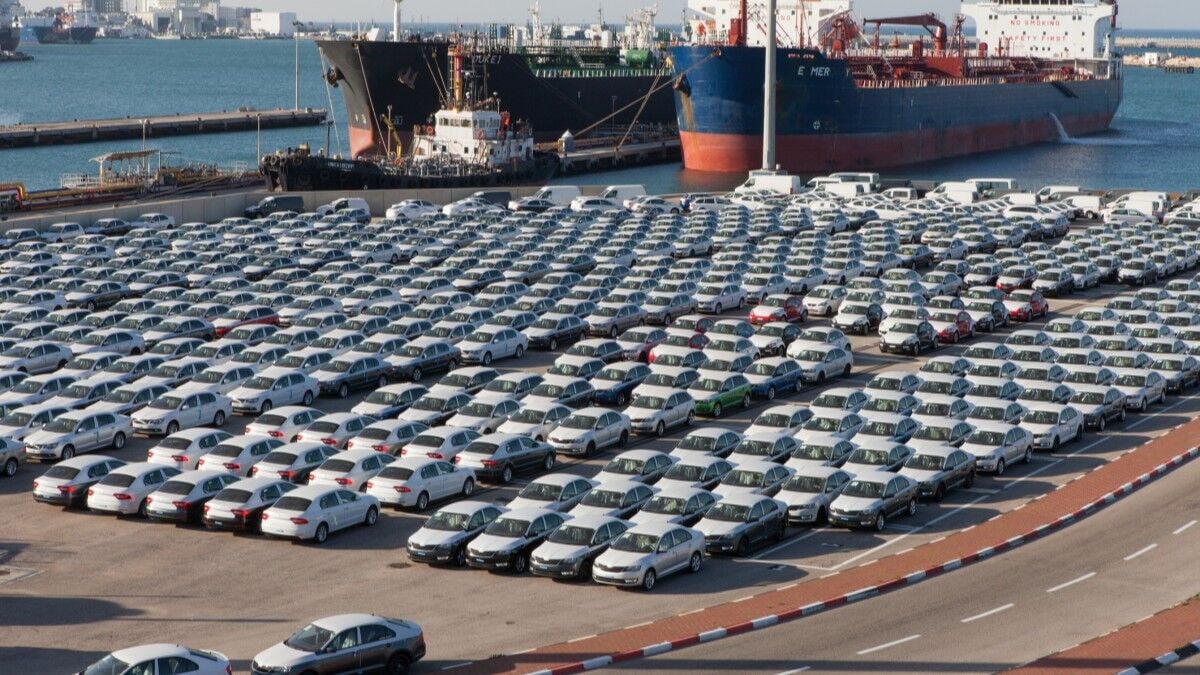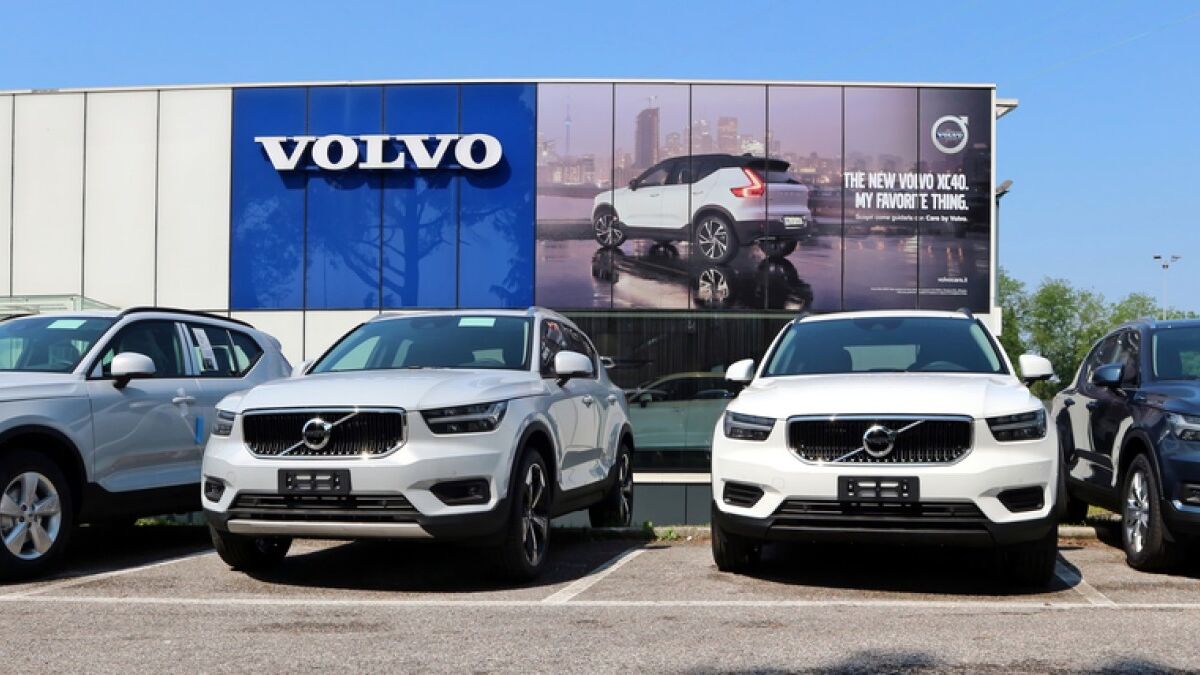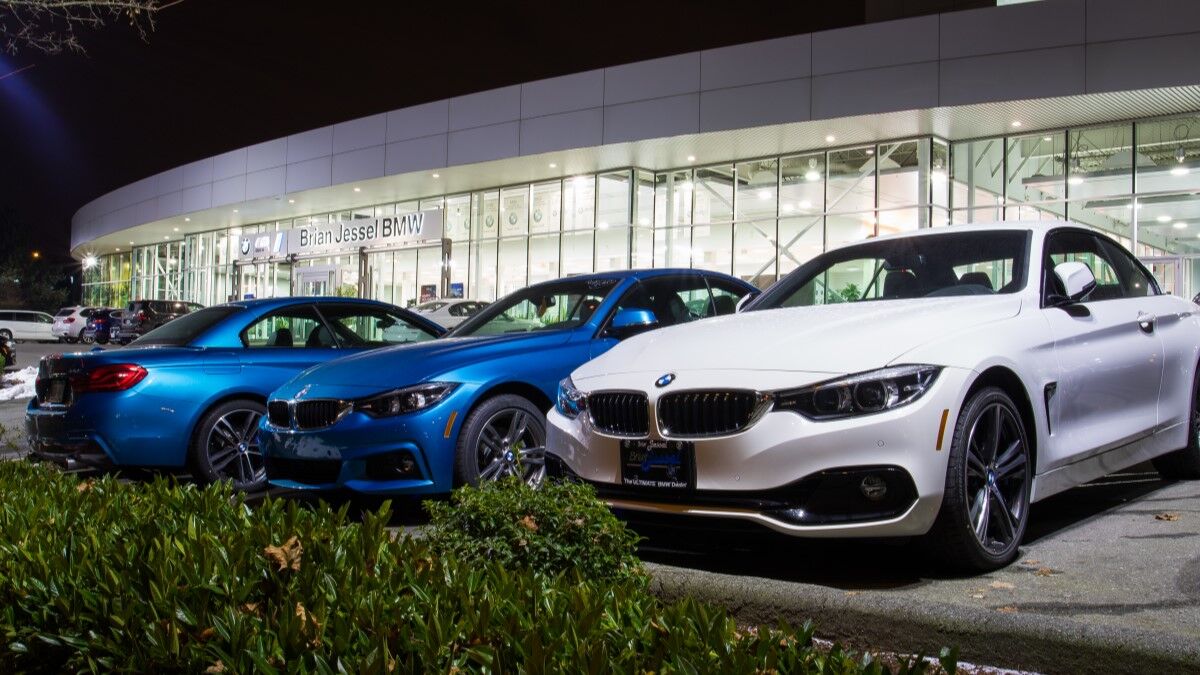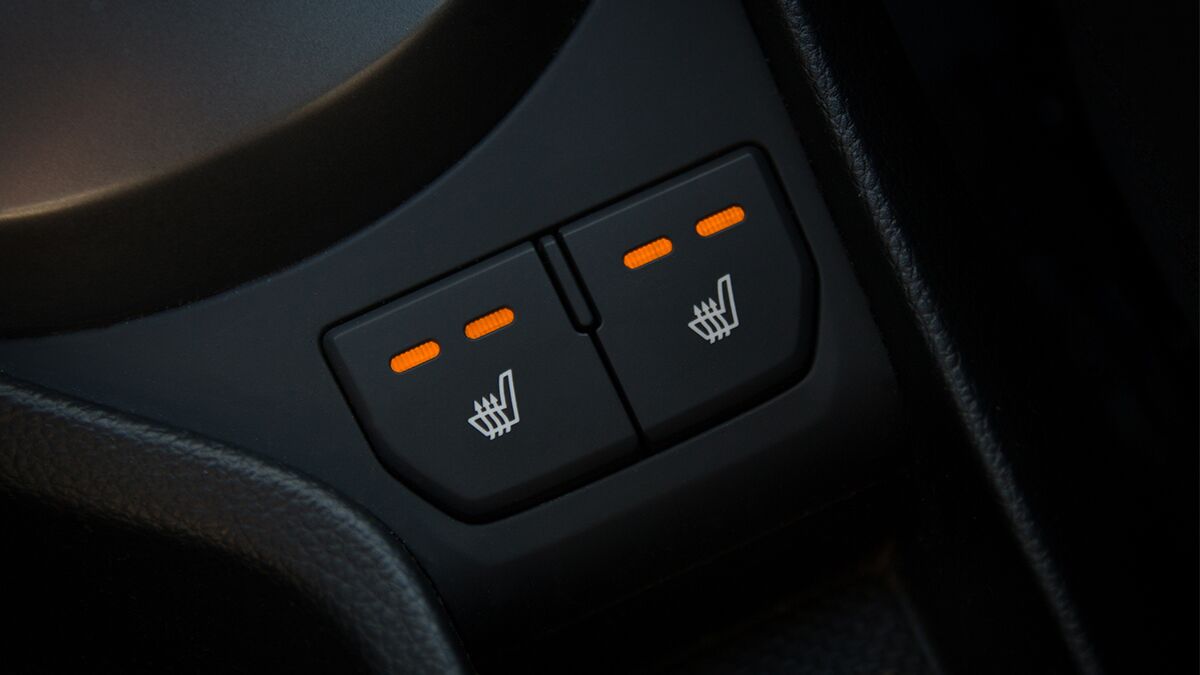- Tariff policy has been turbulent since spring
- Automakers think it’s settling down and are getting ready for long-term higher car prices
Most of the world’s automakers paid a 2.5% tariff to import new cars and car parts to America on April 1. On April 2, many paid an additional 25%. By August, most are paying 15%.
It’s been a chaotic year for their finances.
Automakers have worked hard to prevent the changes from impacting shoppers. Both new and used car prices have been surprisingly stable through the shifting rates. But increasingly, car companies say they think some predictability is coming, which may result in higher prices for the consumer.
A New 15% Rate for Many
- Europe, Japan, and South Korea all have a new 15% rate
- American automakers still pay 25% for cars and parts from Canada and Mexico
In recent weeks, the White House has reached three trade agreements dropping the 25% rate. Ironically, they help virtually every world automaker except America’s largest companies.
The U.K. reached the first trade deal important to the automotive industry, lowering tariffs on the first 100,000 cars imported from that country every year to just 10%. The U.K. only sends about 100,000 cars per year to the U.S., so that deal should cover most British cars for sale in America. But it brings little relief to most American car shoppers, as the country sends mostly high-priced luxury cars our way.
Japan reached a 15% agreement first. The European Union followed quickly, with a similar 15% arrangement. South Korea matched about a week later.
Those deals could have a larger impact on the average shopper, as they will affect the prices charged by mainstream brands like Toyota, Volkswagen, and Hyundai.
America’s automakers, through the lobbying groups that represent them in Congress, have raised alarms about the deals. Decades of U.S. policy encouraged them to use factories in Canada and Mexico, with trade barriers low throughout North America.
They now pay a 25% rate for cars and parts from those factories – a higher rate than their foreign rivals.
Tariffs ‘Feel Kind of Long Term‘
- Automakers are starting to assume the polices will last
- That has many projecting longer-term pain
Now that the U.S. has reached agreements with several countries, automakers are battening down for long-term high tariffs.
Ford CEO Jim Farley told investors on a recent earnings call, “These tariffs, especially the ones in Europe and Asia into the U.S., feel kind of long-term for us.” Daniel Roeska, managing director of U.S. automotive research at Bernstein, told industry publication Automotive News that, at GM, “Management’s tone suggests that the tariff impact may be more enduring than merely transitory.”
The New York Times reports that Japanese auto giants Toyota, Honda, and Nissan “are expecting little financial relief” now that an agreement is in place.
“Coupled with a more sober view of their impact on profits, even the lower tariffs are casting a pall over the earnings outlooks of Japanese automotive giants,” the Times says.
What It Means for Prices
- The tariffs haven’t hit sticker prices much
- They may start to as a new normal settles in
Lower tariff deals may sound like good news for car shoppers. But that could be an illusion,
So far, automakers and dealers have used every trick in their pockets, bags, and junk drawers to keep prices low. Sticker prices have risen to near-record levels. But, thanks to hefty discounts, Americans aren’t paying sticker price. The average new car in June sold for a price just 3.1% higher than a year ago.
The industry may be nearly out of tricks.
Erin Keating, executive analyst with Kelley Blue Book parent company Cox Automotive, notes, “Based on volumes and average listing prices of imported vehicles through the first seven months of 2025, automakers have theoretically racked up more than $25 billion in tariff obligations so far (if tariffs were in place from Jan. 1). This is equal to the average imported vehicle being charged roughly $5,200 at the U.S. border.”
But they have spread price increases across all cars, including those built in the U.S. That means a total “roughly equal to an additional $2,500 per vehicle in added cost for the industry.”
The industry will be forced to pass that cost on to consumers soon. “Automakers and dealers are containing the higher costs created by tariffs while watching profitability decline,” Keating writes.
“That won’t last. The Cox Automotive team still expects consumers to see retail prices climb by 4–8% by year-end, with price increases accelerating as 2026 model-year vehicles hit the market.”








